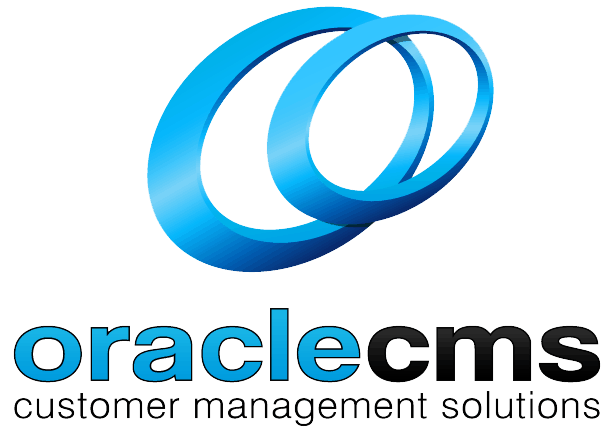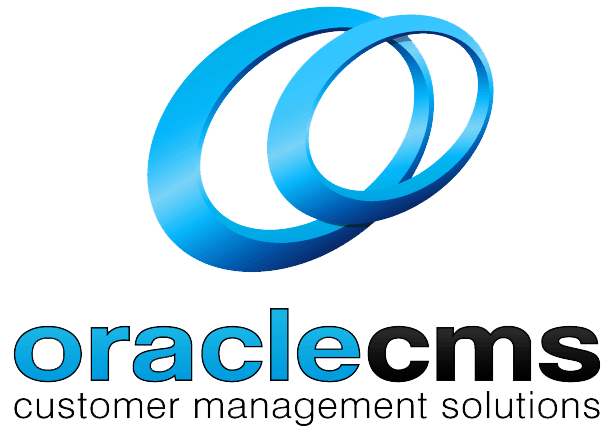What is WebRTC?
WebRTC is a set of protocols and APIs developed to allow peer-to-peer communication through web browsers.
It enables high-quality voice and video calls, screen sharing, and data transfer using only a standard internet connection and a supported browser.
This eliminates the need for separate applications or complex setups.
In a contact centre environment, WebRTC allows customers to connect with agents directly from a website or mobile app.
For example, a customer browsing a company’s website can initiate a voice or video call with an agent instantly, without downloading extra software.
WebRTC also integrates with CRM platforms and analytics tools to provide agents with customer context during the interaction.
Benefits of WebRTC in contact centres include:
- Improved accessibility with click-to-call or video support directly from websites.
- Reduced customer effort by removing the need for external software or phone numbers.
- Enhanced collaboration with features like screen sharing and file transfer.
- Cost savings by routing calls over the internet rather than traditional phone networks.
Security is built into WebRTC through encryption protocols, making it a reliable solution for handling sensitive customer interactions.
However, performance depends on internet bandwidth and browser compatibility.
Why WebRTC Matters
WebRTC helps contact centres deliver seamless, modern customer experiences by enabling real-time communication directly through browsers.
It supports omnichannel strategies, lowers barriers to service, and improves both agent and customer efficiency.
Related Terms:
- VoIP Phone System
- Cloud Contact Centre
- Customer Relationship Management (CRM)
- Omnichannel Support
- Automation


